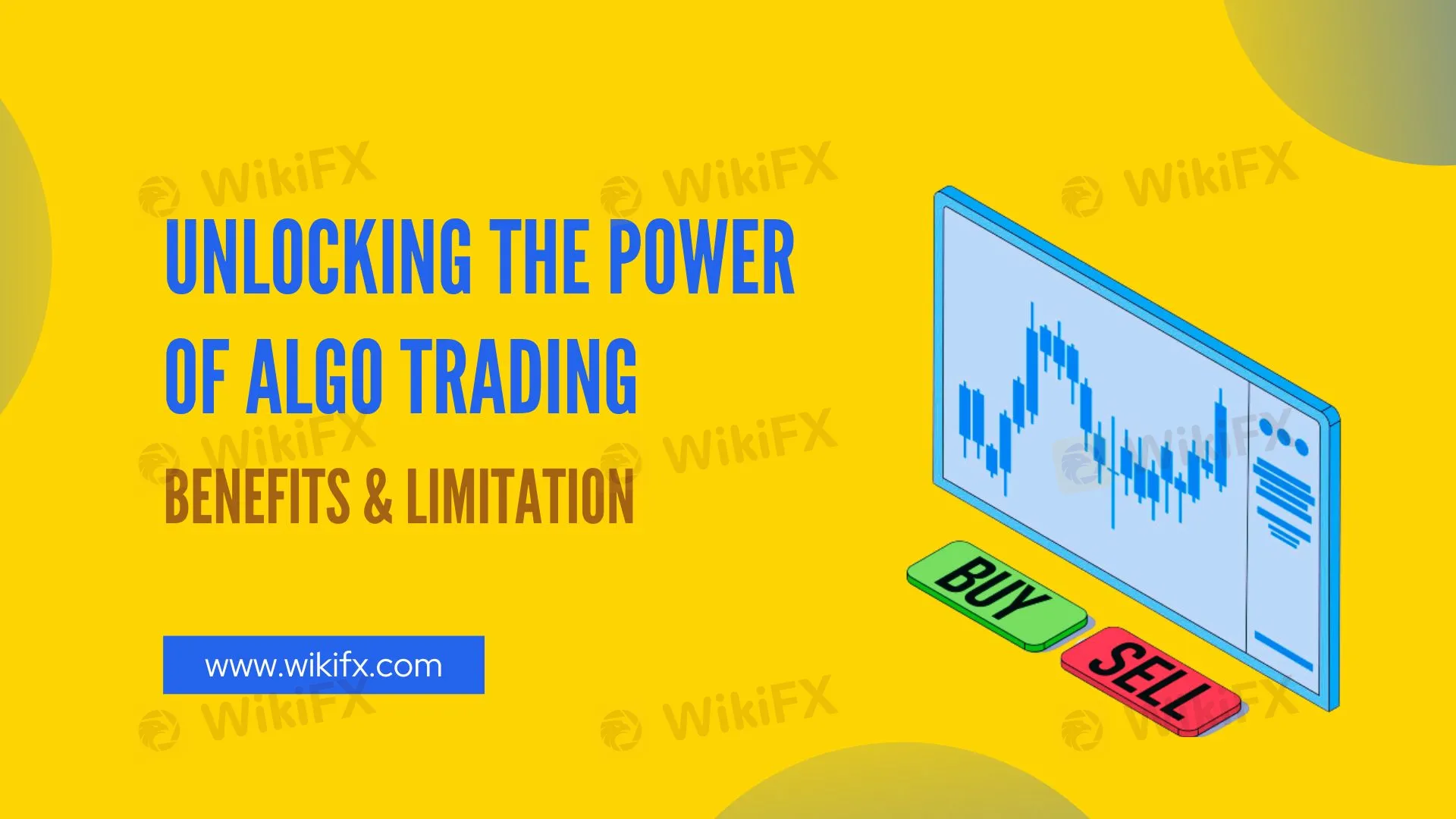Unlocking the Power of Algo Trading: Benefits and Limitation
Abstract:Algorithmic trading merges speed, data, and automation—but can it outsmart human intuition and market chaos? Explore its power and pitfalls.

The Rise of Algorithmic Trading
Algorithmic trading has redefined financial markets, enabling data-driven decisions at unprecedented speeds. In recent years, the algorithmic trading market has exhibited rapid growth. According to the latest data, the global algorithmic trading market size is projected to increase from USD 2.106 billion in 2024 to USD 2.348 billion in 2025, with a compound annual growth rate (CAGR) of 12.9%. This growth is primarily attributed to the widespread application of artificial intelligence (AI) and machine learning (ML) technologies, as well as financial institutions continuous pursuit of trading efficiency and cost-effectiveness.
Four Key Advantages
1.Lightning-Fast Execution
Algorithms execute trades in milliseconds, outpacing human capabilities. High-frequency trading (HFT) exploits micro-price shifts through thousands of transactions per second, dominating volatile markets.
2.Multi-Market Mastery
Systems analyze global markets simultaneously, diversifying portfolios without real-time micromanagement.
3.Emotion-Free Decisions
Predefined rules eliminate impulsive actions driven by fear or greed, reducing costly errors
4.Non-Stop Trading
Algorithms capitalize on opportunities across time zones, even during off-hours.
Four Critical Limitations
- High Technical Barriers
Building robust sy'stems demands coding expertise and market insights—resources often scarce for retail traders.
2.Tech Vulnerabilities
A single coding flaw or server crash can trigger massive losses, as seen in historical market crashes.
3.Rigid Strategies
Algorithms struggle to adapt to black swan events like geopolitical shocks or sudden policy shifts.
4.Demands Vigilance
Systems require regular updates to stay relevant—no true “set-and-forget” solution exists.
Strategies for Success
To harness algorithmic trading effectively, traders should begin by rigorously backtesting strategies on historical data to uncover weaknesses and refine logic. Integrating risk management tools—such as dynamic stop-loss orders and position-sizing rules—is critical to limit downside exposure. Systems must be regularly updated to align with shifting market trends, regulatory changes, and emerging technologies. Most importantly, algorithms should complement human judgment rather than replace it; blending automated precision with adaptive decision-making often yields the most resilient outcomes.
Final Thoughts
Algorithmic trading has transformed financial markets with unparalleled speed and efficiency. However, it is not without risks: technical failures, market volatility, and regulatory challenges are all factors that must be considered. The market is constantly changing, and only by using automation tools flexibly rather than relying on them blindly can long-term success be achieved.
Read more

Using Any of These Illegal Forex Trading Apps? Stop Before It Turns into a Crisis
The Reserve Bank of India (RBI) has listed out some illegal forex apps India. Read this article to know some of those apps.

Maximize Your Trades with This Free Forex Profit Calculator
Unlock your forex trading potential with our free profit calculator. Accurately calculate gains, understand key metrics, and refine your strategy for maximized returns. Start optimizing your trades today!

The Shame of Being Scammed: Don't Ever Stay Silent
It often starts with a promise of fast profits, low risk, and a slick-looking platform that seems too good to ignore. Before long, your savings are gone, the website vanishes, and so does the person who convinced you to invest. What’s worse? You never tell a soul. Every year, countless people fall into the trap of fraudulent investment schemes, yet most never speak up. Why? And what does this silence mean for the rest of us?

The Latest Arrest Cases in Illegal Forex Trading
Explore this story showing the arrests made in two forex trading scams involving INR 7 core and INR 43.83 lakh, respectively.
WikiFX Broker
Latest News
Asian chip stocks rise after Nvidia reclaims title of the world's most valuable company
Nvidia's comeback sparks a rally in Asian chip stocks
CNBC Daily Open: Despite all the uncertainty, the S&P 500 is flirting with record highs — strange times
PU Prime and AFA Announce Partnership at Madrid Event
eToro UK Launches 4% Stock Cashback Card: Earn Up to £1,500 Monthly
EBC Expands ETF CFD Offering & Copy Trading Education Partnership
Gold Prices Continue to Fall as Israel, Iran Agree on Ceasefire
China steps up push to internationalise the yuan as global dollar dominance wavers
Multibank Group Offices: Global Presence and Contact Info
ESMA Proposes Reporting Reforms That Could Cut Costs for Forex Brokers
Rate Calc
